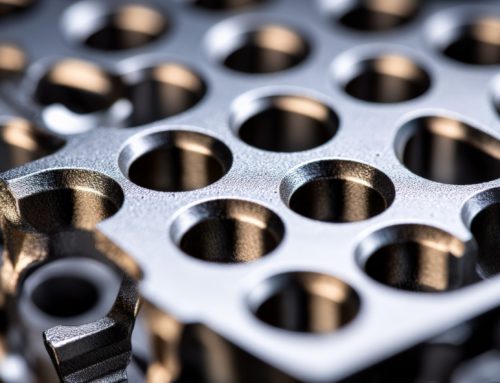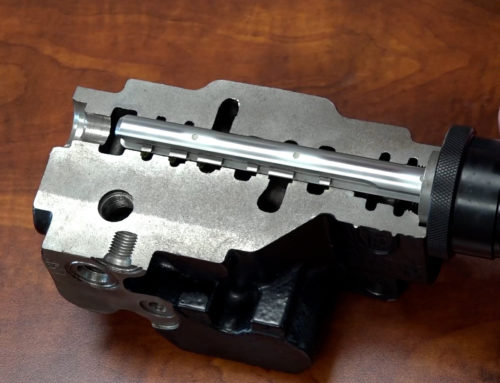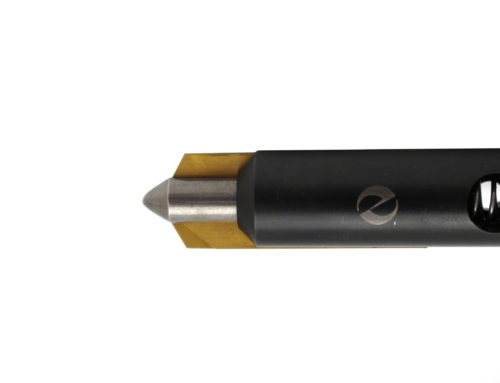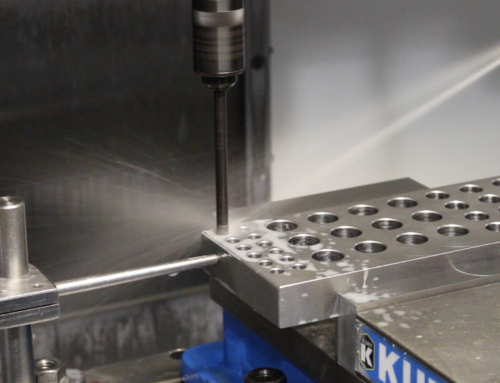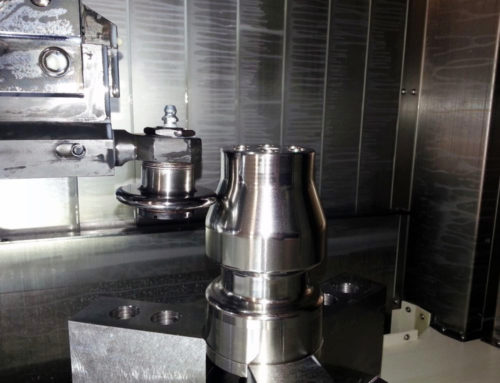Can This Part Be Burnished?
Understanding Common Material & Design Limitations
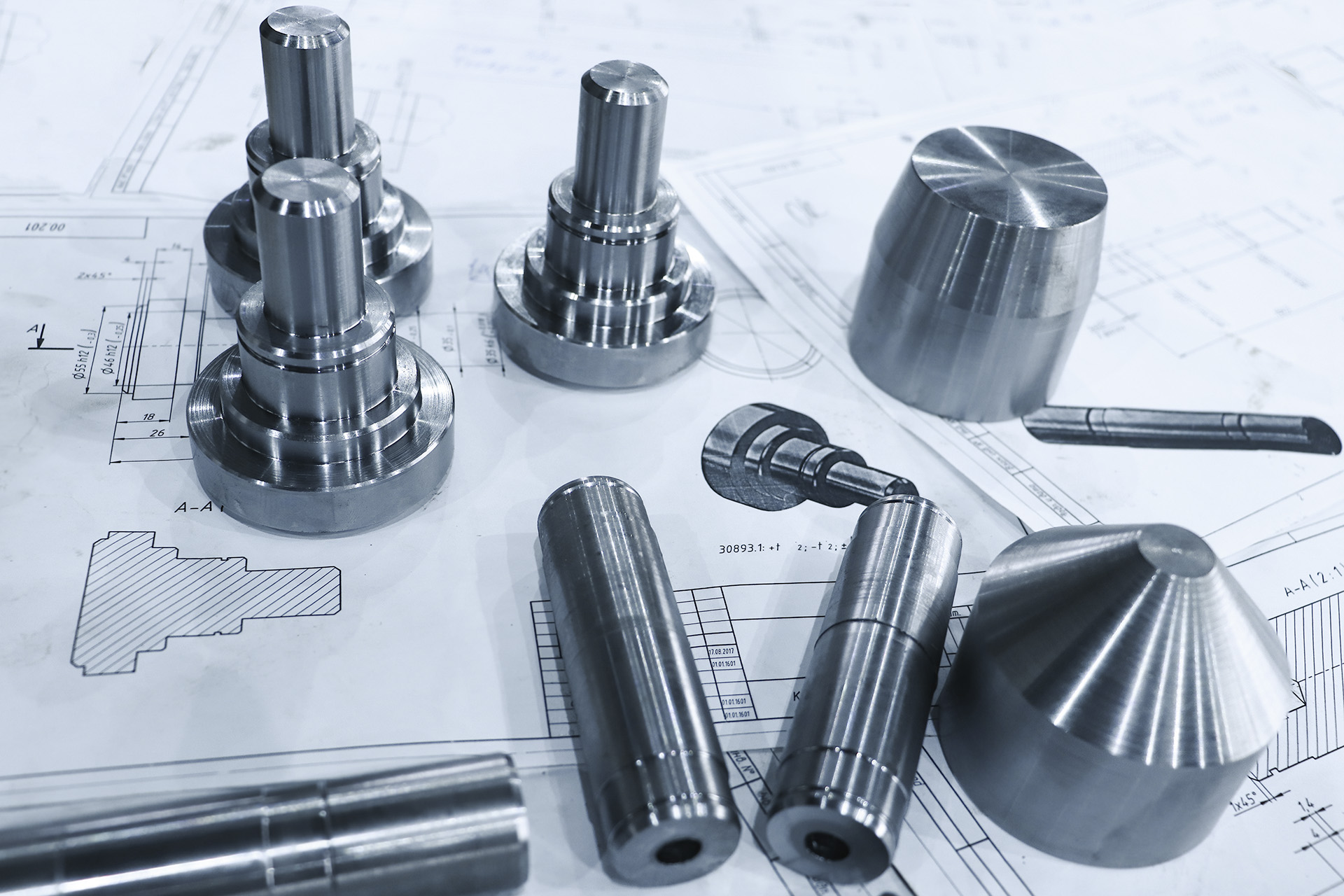
Burnishing is a highly efficient and cost-effective method for achieving fine surface finishes on ductile metals. While its versatility extends to a wide range of applications, specific part geometries and material properties can influence the effectiveness of burnishing.
Material Considerations
Burnishing is most effective on ductile metals since they readily deform under pressure. While a fine finish can still be achieved on metals with lower ductility, there are some materials that cannot be burnished. One common material that cannot be burnished is plastic. Due to the amount of pressure and friction applied from the tool, it would cause any plastic based material to melt during use. Another material that can’t be burnished is graphite. This is because the material is too brittle, and it can break during the burnishing process.
Hard To Reach Areas
Another factor that can influence the success of burnishing is the part geometry. Deep pockets, cavities or undercuts can limit the accessibility of standard burnishing tools. In such cases, a longer reach or custom tool could be designed to allow proper access to the area. However, the feasibility will vary based on the complete part design and finishing requirements.
Sharp Corners Or Edges
Like applications with hard-to-reach areas, parts with sharp corners or edges do have some limitations. Sharp corners cannot be burnished completely due to the radius required on burnishing tools, however, edges may not require the same level of finishing as the rest of the part. In these cases, a burnishing tool can get close to the edge, providing a fine finish, without going all the way to the corner.
Overall, both diamond and carbide roll burnishing tools are great options for creating smooth finishes on the exterior of a part. However, when choosing between the two, diamond style tools are the best equipped for harder materials and linear surfaces, while carbide roll tools are great for high volume production and curved surfaces.
Overall, burnishing offers a versatile and efficient solution for achieving precise surface finishes. While its effectiveness can be influences by material properties and part geometry, careful consideration and selection of burnishing tools can produce optimal results.
For more information on if a part can be burnished, contact our Metal Finishing Application Specialist Team.

